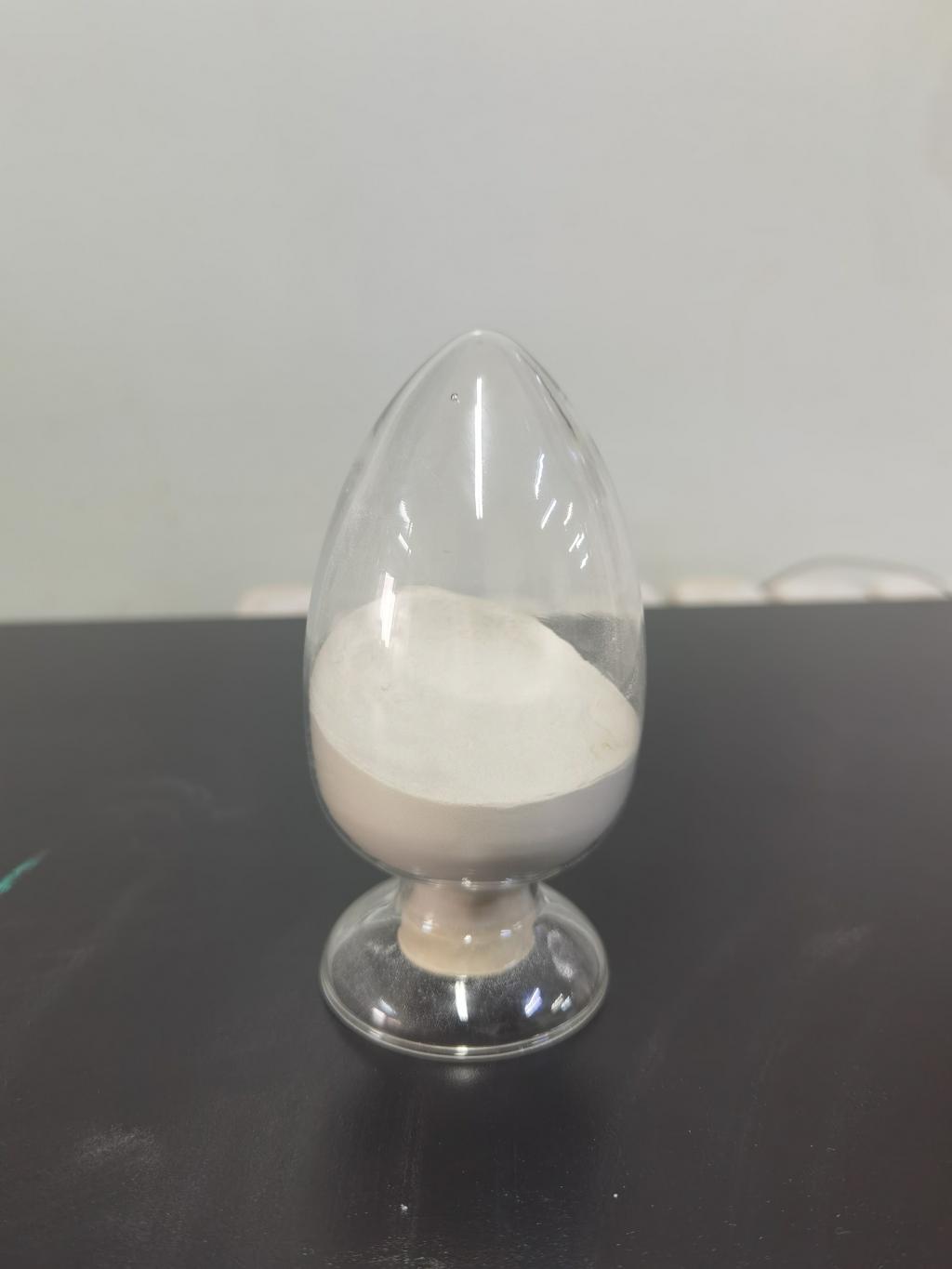Tel:0086 18231198596

News
Current Position:
Home >
News
>Nisin's Integration into Emergency Food Aid: Safeguarding Nutrition in Crisis
Nisin's Integration into Emergency Food Aid: Safeguarding Nutrition in Crisis
TIME:2024-03-06
Understanding Nisin
1. Overview of Nisin
Nisin is a naturally occurring antimicrobial peptide produced by certain strains of lactic acid bacteria. Widely recognized for its antimicrobial properties, Nisin has been employed in the food industry as a natural preservative.
2. Antimicrobial Properties
Nisin exhibits potent antimicrobial activity against a broad spectrum of bacteria, including some strains that are responsible for food spoilage and foodborne illnesses. Its ability to inhibit the growth of bacteria makes it an effective tool in preserving food.
Challenges in Emergency Food Aid
1. Nutritional Concerns
Traditional emergency food aid may lack essential vitamins and minerals, leading to malnutrition, particularly in vulnerable populations such as children and pregnant women.
2. Storage and Shelf Life
Storing emergency food aid for extended periods poses challenges. Grains and legumes, while staple items, may be susceptible to contamination and spoilage, compromising their nutritional value and safety.
Nisin's Role in Emergency Food Aid
1. Enhancing Food Safety
Incorporating Nisin into emergency food aid can mitigate the risk of bacterial contamination during storage and distribution. Its antimicrobial properties can prevent the growth of harmful bacteria, ensuring that the food remains safe for consumption.
2. Extending Shelf Life
Nisin has shown promise in extending the shelf life of various food products. By inhibiting the growth of spoilage microorganisms, it can help maintain the nutritional quality of emergency food aid over an extended period, reducing waste and ensuring a more reliable food supply.
3. Preserving Nutrient Content
Unlike some traditional preservatives, Nisin has minimal impact on the nutritional content of food. Its application allows for the preservation of essential nutrients, addressing the nutritional concerns associated with long-term storage of emergency food aid.
Successful Applications of Nisin
1. Case Studies
Several case studies and trials have demonstrated the efficacy of Nisin in preserving the quality and safety of various food products. These success stories highlight its potential applicability in emergency food aid scenarios.
2. Community Feedback
Communities receiving Nisin-treated food items in pilot programs have provided positive feedback regarding the taste, safety, and longevity of the aid, further supporting its integration into emergency relief efforts.
Implementing Nisin in Emergency Relief
1. Collaboration with Aid Organizations
Collaboration between food scientists, aid organizations, and governments is crucial for implementing Nisin into emergency food aid programs. Joint efforts can streamline the production, treatment, and distribution processes.
2. Educational Initiatives
Educational initiatives can inform both aid providers and recipients about the benefits of Nisin and its role in preserving the safety and nutritional value of emergency food aid. This knowledge can empower communities to make informed choices regarding their food sources.
Challenges and Considerations
1. Regulatory Approval
While Nisin is generally recognized as safe (GRAS), regulatory approval may be required for its use in emergency food aid on a larger scale. Overcoming regulatory hurdles is essential for widespread implementation.
2. Cost Considerations
The cost-effectiveness of integrating Nisin into emergency food aid must be carefully evaluated. Balancing the potential benefits with the additional costs is crucial to ensure the feasibility of large-scale adoption.
Conclusion
Integrating Nisin into emergency food aid holds significant promise for addressing the nutritional and safety challenges associated with traditional relief efforts. As a natural antimicrobial peptide, Nisin has the potential to enhance food safety, extend shelf life, and preserve essential nutrients in times of crisis. Collaborative efforts, informed decision-making, and regulatory support are vital for successfully incorporating Nisin into emergency relief programs, ultimately safeguarding the nutritional well-being of vulnerable populations during challenging times.

 CONTACT
CONTACT




